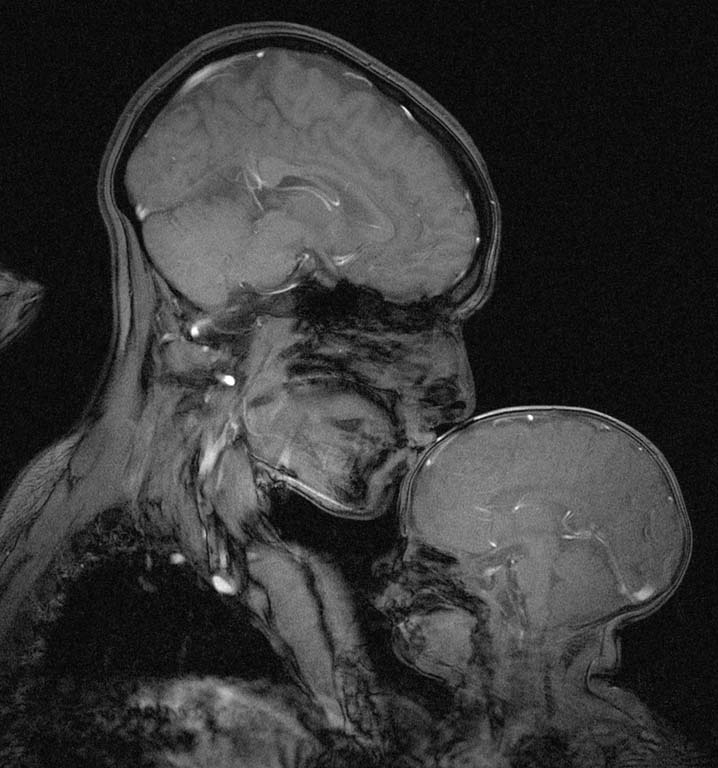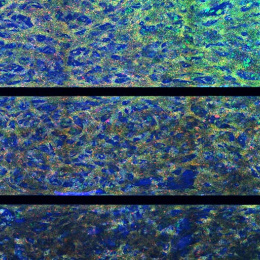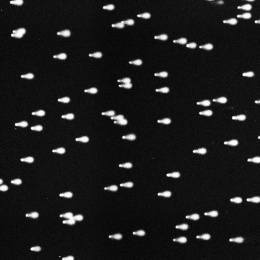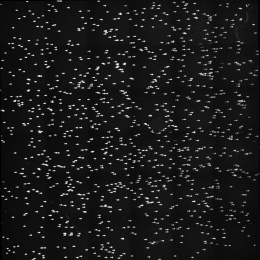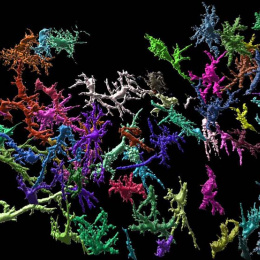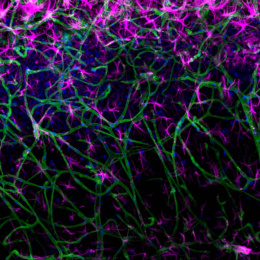Mother & Child
Mother & Child
This is an MRI image of a mother and her newborn son, taken in the 3T MRI scanner at the Athinoula A Martinos Imaging Center at MIT, in April 2015, by Rebecca Saxe and Atsushi Takahashi.
MIT Department of Brain and Cognitive Sciences, McGovern Institute for Brain Research
Images of Mother and Child have been made for thousands of years, all over the world; but this image strips away the features that are specific to a person or place or time, like clothes and hairstyles and skin color, and leaves only the things that are common to all humans at any place or any time: our biology and our brains. So although the technology used to make this image is just a few years old, it reveals the aspects of a mother and child that would have looked exactly the same 1000 years ago, and will probably still look the same 1000 years from now.
This image evokes many of the questions that are central to my research in human cognitive neuroscience. For example: how the mother’s love for her child implemented in the pattern of activity in the cells of her brain? Even – or maybe especially – deep universal human emotions like the mother's love for her child are a product and function of her human brain. The image also poses questions about development: what is different between the child’s brain and his mother’s? How will his brain develop into an adult? How will his different experiences create his unique brain, and what will remain of universal human cognition?
As a final thought, this image also challenges traditional roles of mothers. Because over the thousands of years that humans have made images of mothers and their babies, the role of the mother was associated with emotions, empathy and love, not compatible with roles like intellectual, professor, thinker, or scientist, associated with reason and inquiry and technical advance. But in this case, I am the neuroscientist who made the image, and I am also the mother it depicts.
